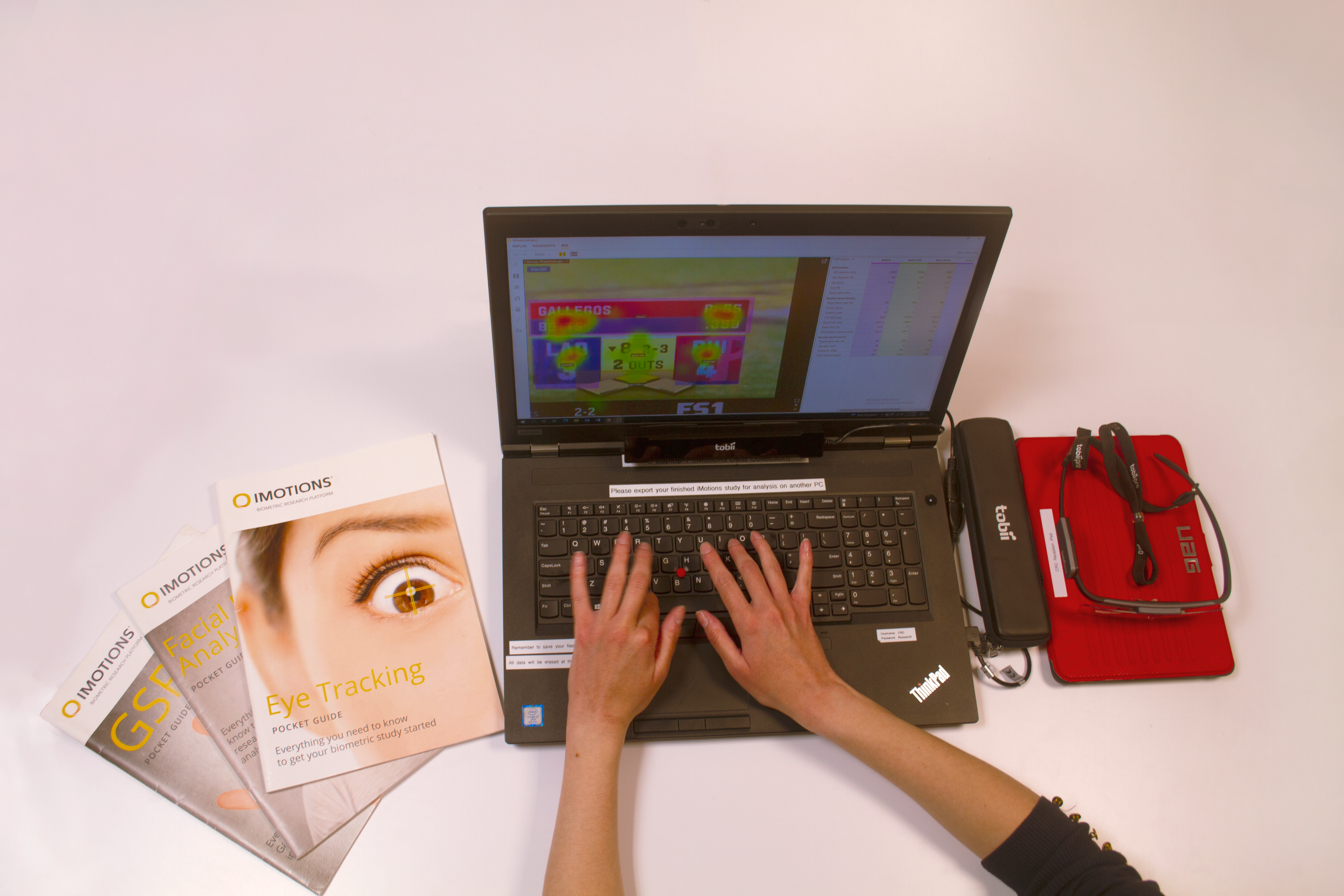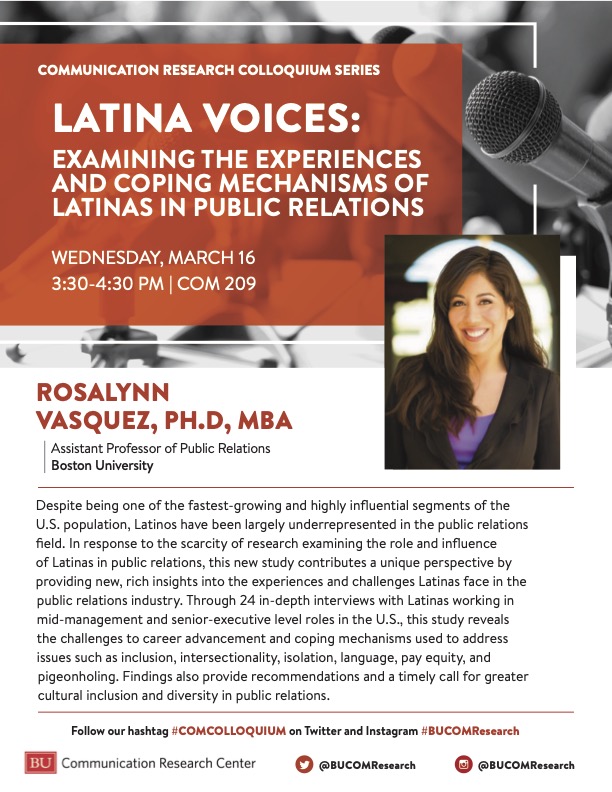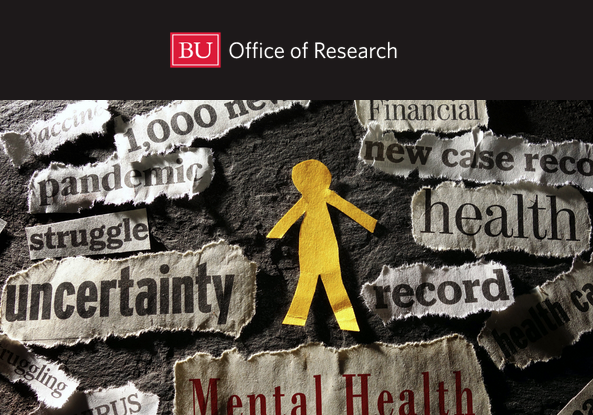Letter from the Director: July 2022
Letter from the Director: July 2022

Demystifying Biometrics
As part of our mission, the Communication Research Center offers state-of-the art technology to facilitate our fellows’ ability to advance theory and methods in addressing society’s challenges. Some of this technology involves psychophysiological measurement and analysis tools. To help explain and demystify this technology, I’ve turned to the CRC’s Lab and Research Manager, Lindsy Goldberg.
Amazeen: "Biometric technology" sounds very avant-garde as does "psychophysiological measurements." How would you explain this technology in layperson's terminology?
Goldberg: I’ve found that the best way to explain these is to start by deconstructing and contextualizing the word “biometric”. When researchers choose to use these technologies, they’re looking to measure something biological in human subjects. In these particular cases, the bodily attributes we’re measuring are physiological in nature, which refers to a function of living organisms. Psychophysiology refers to the study of how physiological measurements that are collected via biometric devices (like heart rate, sweat levels in the skin, or eye movements) can explain psychological phenomena (Potter & Bolls, 2012).
This technology uses sensors to detect physical changes and movements in the human body. These sensors are able to detect a variety of different physical changes and these technologies are used widely across many academic disciplines. Here at the CRC we have sensors that measure skin conductance (SCL or electrodermal activity), eye movements both on and off screens, and brain waves (electroencephalography).
Biometric research has been occurring in the communication field since the latter half of the 20th century, mostly in media effects research or as part of a specific subfield known as media psychology, but this is changing. For decades, these biometric sensors were more invasive to participants and conducting experiments using this equipment required extensive training, monitoring, and in-person resources. It is very exciting to have these newer versions that are so much less invasive and user-friendly.
We are excited to be able to offer the devices, software for experimental design, execution, and analysis to researchers who are interested in using the technology.
Amazeen: Can you give examples of how these types of tools might be used (for what purposes) for media research?
Goldberg: In a media research context, these devices are most effectively used alongside self-report measures to gain a more comprehensive understanding of how a stimulus elicits a response in a participant.
These tools are most useful in situations where participants might be more likely to adjust their behavior based on what is expected of them or lie on a self-report instrument. Some potential examples of such situations might include but are certainly not limited to:
Assessment of opinions on political candidates based on their ads, sexual attraction to potential partners on dating apps, or stress responses to horror film scenes.
These tools, especially eye-tracking, are also gaining ground in fields such as UX/UI research and design. User eye movements and click behaviors on web pages and app layouts are becoming increasingly valuable.
Amazeen: Are there any cool studies you've seen published that have leveraged this technology?
Goldberg: While CRC fellows have not yet published any studies that leverage these technologies, here are some of my favorites from other institutions:
Ansani, A., Marini, M., D’Errico, F., & Poggi, I. (2020). How soundtracks shape what we see: Analyzing the influence of music on visual scenes through self-assessment, eye tracking, and pupillometry. Frontiers in Psychology, 11, 2242.
Millet, B., Chattah, J., & Ahn, S. (2021). Soundtrack design: The impact of music on visual attention and affective responses. Applied ergonomics, 93, 103301.
Ohme, J., Maslowska, E., & Mothes, C. (2021). Mobile News Learning—Investigating Political Knowledge Gains in a Social Media Newsfeed with Mobile Eye Tracking. Political Communication, 1-19.
Amazeen: Can you tell us about the certification you have and what that allows you to do?
Goldberg: With my iMotions certification, I am able to assist researchers who are interested in using biometric devices. This involves support and training in the iMotions software, which is digital experimentation software that allows you to run an entire experiment from one computer, including self-report measures.
I have the capability and knowledge base to not just assist in the use of devices, but also to train researchers on how to use the software and hardware, including helping to identify which psychophysiological measures may be most useful. I can also support data handling, visualization, and export.
Finally, we are very fortunate to have a relationship with iMotions and their brilliant customer support team, who are all researchers themselves. If there is a question I cannot answer or a request beyond what I can support, we have external resources that can also help.
Amazeen: Relatedly, does the CRC have any plans for offering training workshops for those interested in using this equipment?
Goldberg: Yes! I am currently working with iMotions to determine a training program design that fits our students and faculty. This equipment and software does take time to learn and requires a fair amount of diligent effort to execute a high quality experiment, but we do have plans to offer training sessions. Stay tuned!
Source: Potter, R. F., & Bolls, P. (2012). Psychophysiological measurement and meaning: Cognitive and emotional processing of media. Routledge.




 these cases instructive as examples of misinformation circulating beyond social media platforms, but they also serve as an entree to discuss limits of free expression and the gatekeeping obligations of private companies such as Spotify in contrast to broadcast networks, such as ABC (which is owned by The Walt Disney Company), and the stations that air ABC content.
these cases instructive as examples of misinformation circulating beyond social media platforms, but they also serve as an entree to discuss limits of free expression and the gatekeeping obligations of private companies such as Spotify in contrast to broadcast networks, such as ABC (which is owned by The Walt Disney Company), and the stations that air ABC content.